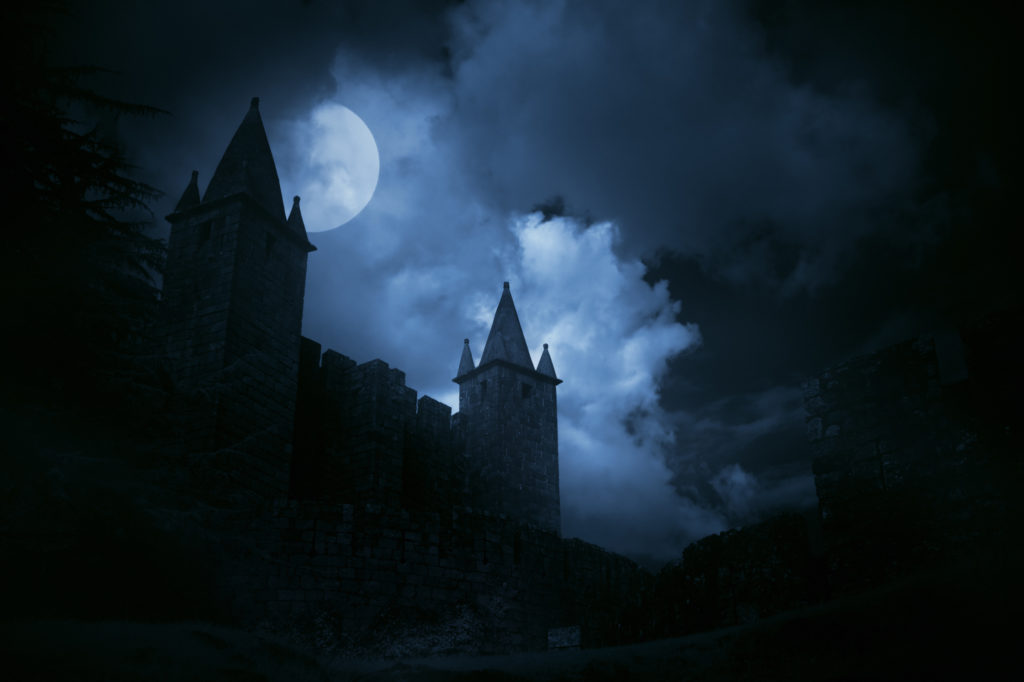Peering in from the window,
his blue eyes glistening, and brown hair dampened by frost, Tom stood motionless. He’d been locked up at Weatherly for six miserable years, and this was the year he planned to escape.
* * * *
There had been many breakout attempts since Tom arrived at Weatherly, none of them successful. There was Eddie, age fourteen, who simply tried to escape out the front door, climb the front gate, and run a mile to the main road. Regrettably, Mrs. Grievous quickly apprehended him and put him in “solitude” for a week; he was never the same after that. Then there was Branik, age thirteen, who was slightly more inventive. One Friday night he slipped into the trunk of the Grievouses’ car, hoping to get out when they drove to York the next morning. Not a bad plan, but they never left that weekend. He was found by Speckle and punished severely.
There were the twins, Danika and Daylen, who had the most ambitious plan. Their idea was to dig a seventy-foot tunnel from an unused storage shed to the stone wall surrounding the orphanage and climb over it with a rope they had found. They worked in shifts. Each week one of them would sneak out and dig a few more inches. They had dug about eight feet when Mr. Grievous discovered the small hole next to a pile of dirt., Both the girls had been on kitchen duty ever since.
And finally, there was Patrick. He had made nine elaborate escape attempts since he came to Weatherly. All were painstakingly planned, and all were enormous failures. The first one was when he was eight; the last one was six months ago. In his first attempt, he fell off the roof at night while trying to climb down; almost crippled, he laid in bed for three weeks, which he made up for by working overtime in the Factory. In his last attempt, he had made it to the front gate, but while trying to pick the lock, he was cornered by Wind and nearly eaten alive. Although undaunted, Patrick has become much more cautious.










